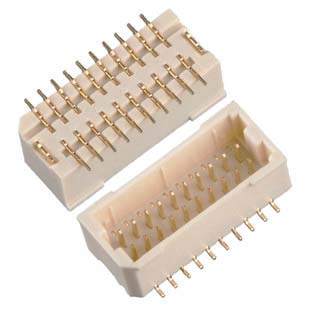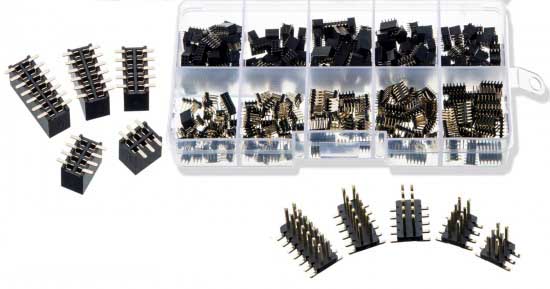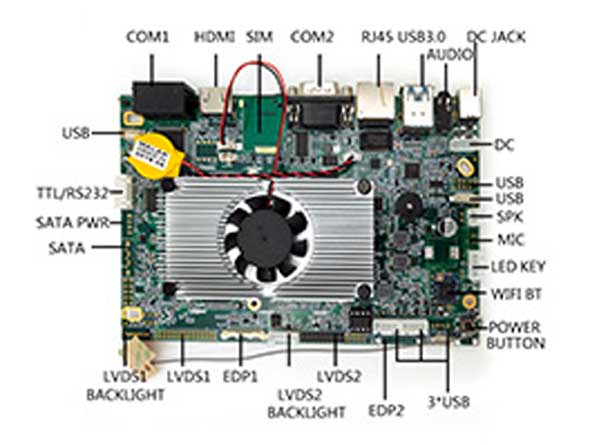Surface welding technology of board-to-board patch connectors

There are many types of connectors, which can be divided into: Circular connectors, rectangular connectors, square connectors, customized connectors, etc. According to the contact body termination form: crimping, welding, winding; screw (cap) fixing; According to the connection mode, it can be divided into: board-to-board connector (B to B), wire-to-board connector (W to B), and wire-to-wire connector (W to W). Let's talk about patch connectors for wire-to-board connectors today.
Surface solder mount technology has been used by some manufacturers since the 1950s. However, the use of patch connectors has only recently begun, and is gradually being valued by manufacturers. This situation arises from the technical difficulties faced by SMT connectors, and patch connectors can effectively save the area of the board. As people find that the patch process can improve production efficiency and reduce costs for manufacturers, it can also reduce the area of the board and improve design flexibility. As a result, patch connectors are widely used.

Patch connectors are divided into: Horizontal paste connector (SMT) and vertical paste connector (DIP). SMT generally mounts surface mount components without leads or short leads. The solder paste needs to be printed on the circuit board first, then mounted by a placement machine, and then fixed by reflow soldering. The DIP welding is a direct plug-in packaged device, which is fixed by wave soldering or manual soldering.
The overheating temperature of the patch connector is 3-5s above 260°. The composition of the patch connector: Plastic parts and pin pins are generally made of PA6T and PA9T, both of which are resistant to high temperatures. Patch connectors are generally used in highway cameras, three-dimensional DC fans, smart electronics, air conditioners, high-definition LCD TVs, notebook computers and other fields. Among them, the material of Pin is generally brass, bronze, phosphor bronze, etc. The plating layer is generally gold-plated (semi-gold) or tin-plated. The coating function of the pin needle is to resist oxidation, improve the conductivity, and increase the signal transmission speed.






